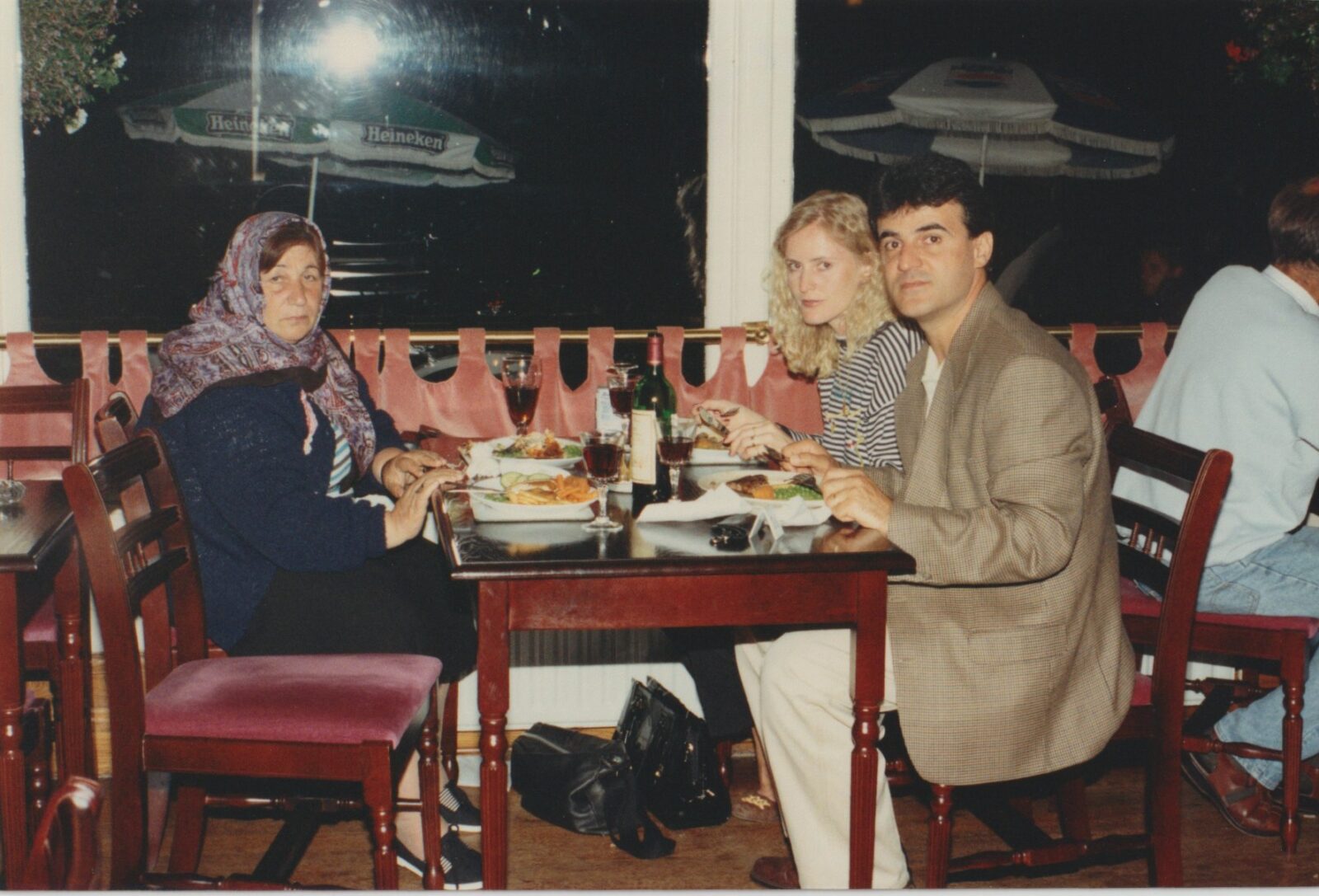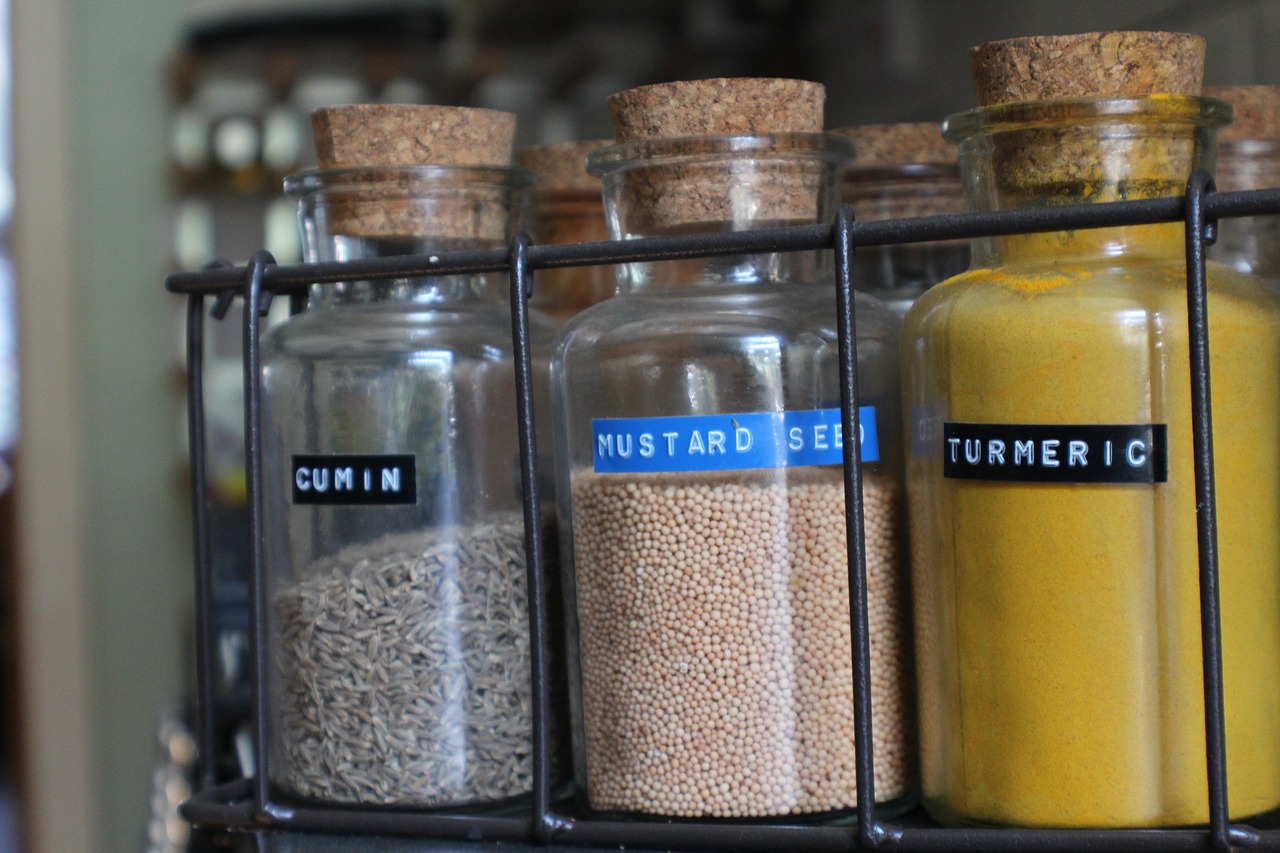Maria Bastan-Sarabi reflects on the importance of turmeric in Iranian cuisine, and its role in Western wellness culture.
Nothing was ever quite so bleak as the first grey and groggy hangover spent in my university hall during freshers week in September of 2020. With the stale taste of vodka and lemonade still on my tongue, I recall crawling to the shared kitchen. Surrounded by wrappers from takeaways the night before, I was itching for the comfort of my family home.
But peering into my sticky cupboard, looking for any remnants of food I could devour, I saw a jar containing my favourite spice – turmeric. The rich golden powder radiated warmth and washed away any feeling of nausea; I was transported back to my family kitchen. I grew up having turmeric in almost every dish I ate, because my dad is Iranian. The earthy flavour tastes like home.
I began to constantly cook with the spice, my speciality being turmeric and lemon chicken – an easy staple for a novice cook. The aromatic and musky powder cured any homesickness. The glowing splashes of orange and yellow reminded me of my mother’s stained fingers – it is a spice that will have you vigorously scrubbing at your work surface in case of a spillage.
Turmeric is a plant that derives from the ginger family and grows in Asia. The rootstalk must be boiled, dried, and cured before finally being ground into a powder. It has been a crucial ingredient in Iranian cooking for thousands of years: every Iranian dish contains a dash of turmeric – from the forest green stew ghormeh sabzi, to the golden-dyed layers of rice that are served with every meal.
Turmeric has in recent years become somewhat of a buzz ingredient in the Western wellness industry. The trending ingredient is incorporated in everything from gut-friendly lattes, to supplements, and even skincare products. It has become an aesthetic for wellness girlies to don a turmeric and ginger shot after their Pilates class.
But for Iranians, the use of turmeric in cooking is rooted in Iranian culture and has been passed down through generations. Molud Emadian, who was born in Iran and trained there as a nurse before she moved to the UK, believes there are three reasons why turmeric is loved by Iranians in their cooking – the colour, the fragrance, and the health benefits. “The colour of food is important in Asian cultures,” she says. “In Iran, if your fesenjān [a sweet stew] is not a deep brown, then it hasn’t been made correctly. Or, if your ghormeh sabzi isn’t green enough then something is wrong with the herbs.”
Turmeric’s dyeing ability offers the abundance of colour so sought after in Iranian cooking, staining food with an orange hue. “When we make tahdig, the crispy layer of rice at the bottom of the pot, we always put turmeric at the bottom of the pan. The tahdig will come out with a beautiful golden colour,” Molud says.

Cooking with turmeric reminds Molud of her late Iranian grandma. “She used to buy the turmeric root and then crush it down in a pan. It took ages as they didn’t have grinders back then, so they had to make their own power.”
Aside from the rich colour, the aroma and flavour of turmeric is vital in balancing the scent and taste of onions and meat. “Iranian food is usually based on lamb, and lamb can naturally have a bad smell. So, we put turmeric in the dish to extinguish that meaty smell,” she says.
As well as its favourable fragrance, turmeric has been used for its medicinal benefits by Iranians for centuries, the same benefits that the Western wellness industry has only recently tapped into. Molud’s son, Amir Emadian, was born in the UK after his parents left Iran. He holds a master’s degree in nutrition from King’s College London and a PhD specialising in diabetes.
“When it comes to diet, the main thing to look at is inflammation. Most diseases are caused by inflammation in the body. Antioxidants are great for inflammation as they prevent oxidation which is a chemical process that leads to decay. Turmeric is a powerful antioxidant,” he says.
It seems my cure for homesickness wasn’t a placebo. Turmeric contains an active ingredient called curcumin which contains bioactive compounds. Curcumin has been used to treat mood disorders by reducing inflammation and increasing dopamine. The ingredient is also used as a natural treatment for conditions such as cancer, arthritis, and dementia.
Consuming turmeric with black pepper increases absorption by 2000 per cent. However, when cooking with the spice, and frying it in oil with herbs, it becomes more bioavailable and easily absorbed.
Turmeric’s natural health benefits are ingrained into Iranian culture. Iranians even go as far as putting the food directly onto the skin. “I remember when I broke my leg in karate, my mum made a turmeric paste and put it all over my leg,” Amir says, laughing.
He continues: “My grandma also used to fry turmeric with an egg in butter and then put it onto her knee when she had pain there. Turmeric has been passed down by generations as a medicine and a food.”
Turmeric is more than just a wellness fad – it is part of who I am. Its restorative, potent stain, and taste have nurtured my family for generations. Turmeric is a staple alongside the richness of saffron, the tang of sumac and the sweetness of cinnamon in the cupboard of Iranian spices. Turmeric weaves its way seamlessly into warm heritage dishes brimming with colour, flavour, health, and homely comfort.
